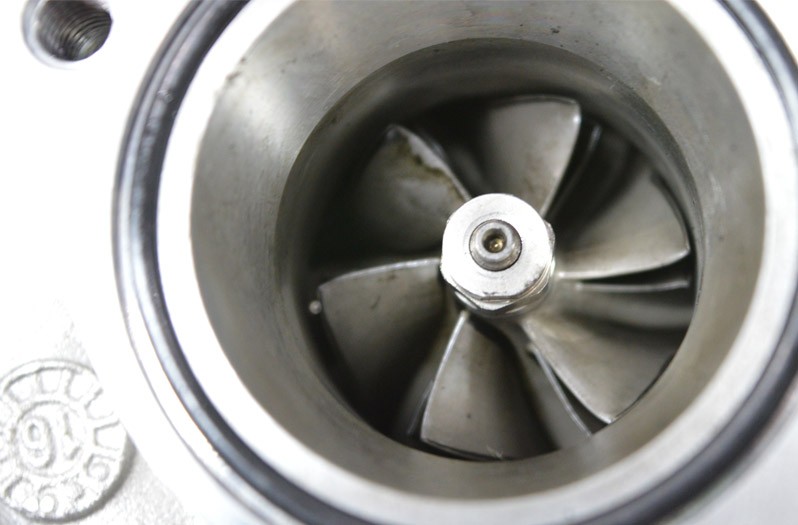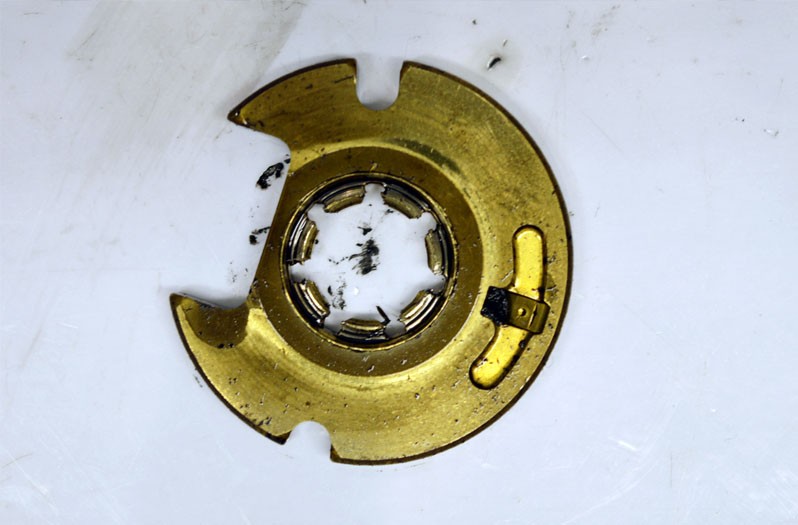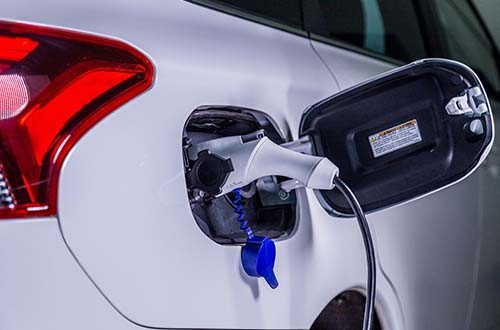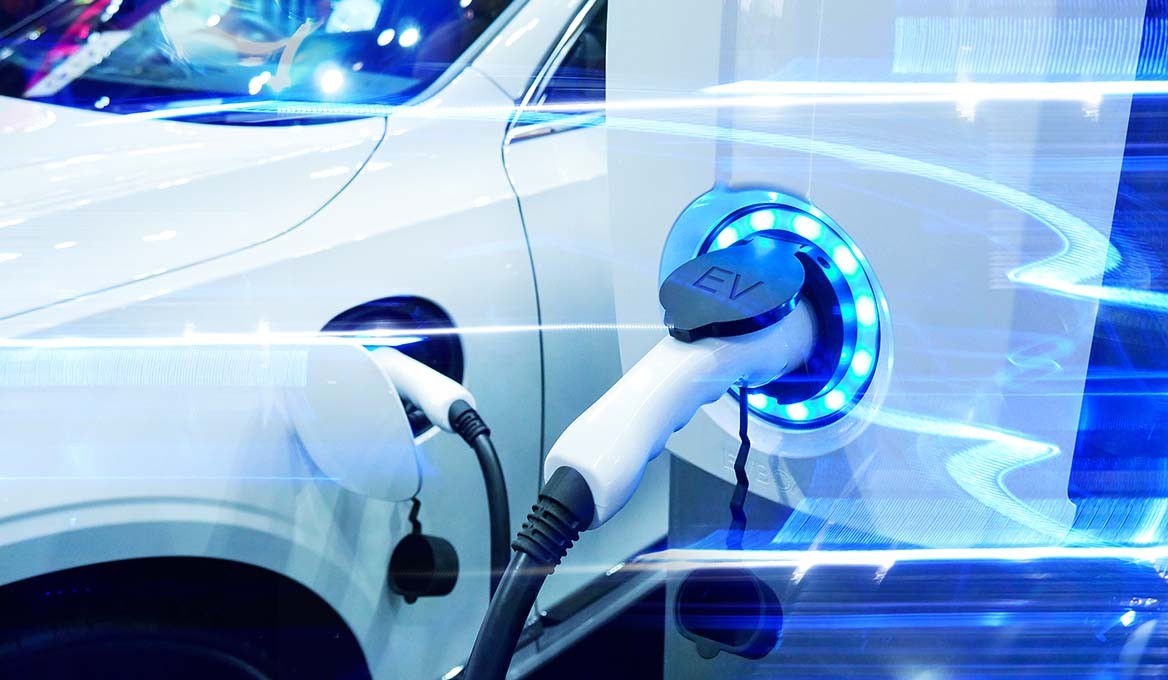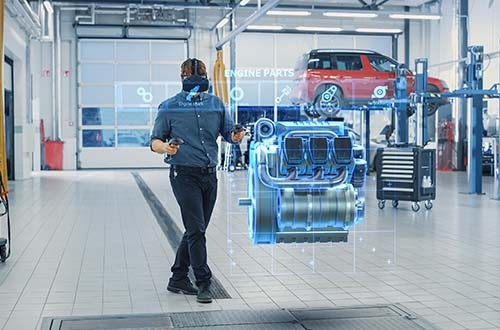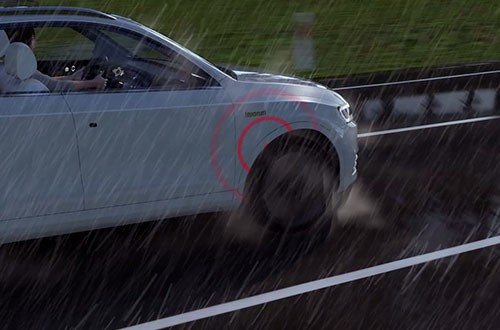A defective turbocharger: Why a DPF could be the cause
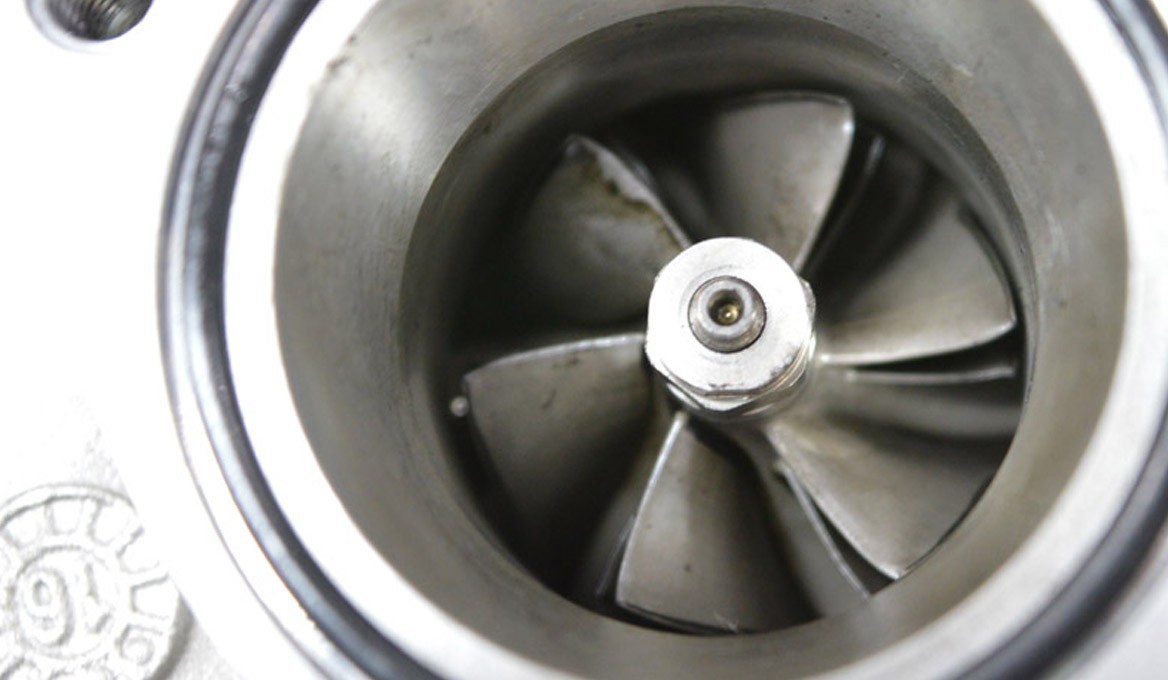
Replacing defective turbochargers is part of everyday working life in car and commercial vehicle workshops. One cause of the damage may be a clogged diesel particulate filter.
There can be many reasons for a defective turbocharger. Often the turbocharger itself is not the actual problem, but rather the problem is caused by malfunctions or defects in the peripherals. The service life of a turbo is also not necessarily determined by its age and mileage. We will give you an interesting example.
The damage pattern: From damaged to defective turbocharger
The cause: Clogged diesel particulate filters
"In the case in question, the damage was caused by axial displacement of the rotor shaft due to excessive exhaust back pressure. The excess pressure was caused by a clogged DPF", reports Kotte. Many people are unaware that a back pressure of 0.3 bar may be enough to shift the turbocharger's rotor shaft. This overloads and wears the axial bearing's thrust washer, and the gap between the compressor housing and compressor wheel is reduced until the wheel touches the housing. The abrupt braking effect can even cause the turbine shaft to break. Therefore, if the exhaust back pressure increases, the DPF must be cleaned or replaced. Simply replacing the turbo does not solve the problem.
Error detection
Extensive background knowledge
In fact, it is important to bear in mind that a defective turbocharger can be caused by numerous things. For example, the damage may be caused by problems with the engine ventilation, the sensor system or the control lines. Engine oil that is contaminated or too cold is also a potential cause. "Turbochargers are integrated into the periphery, into the intake and exhaust system, and numerous factors influence the component. You therefore need the appropriate background knowledge to track down the cause of the damage", says Kotte.
